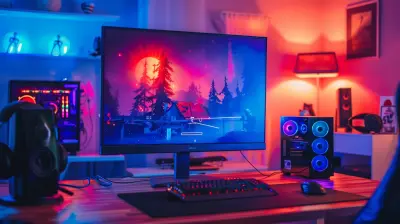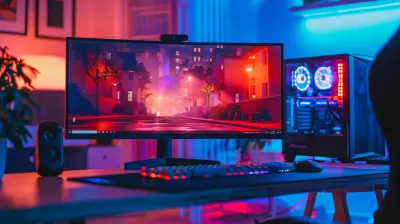Are the Game's New Difficulty Levels Too Hard or Perfectly Balanced?
23 October 2025
Let’s be real for a second—when it comes to gaming, we all just want to have a good time. Whether it’s blowing off steam after work or grinding through the night on the weekend, games offer us an escape. But lately, a lot of us have been wondering: are new difficulty levels in games getting way too hard? Or are they actually the perfect balance?
That’s the million-dollar question, isn’t it? Some folks are throwing their controllers across the room, while others are thriving in the chaos. So, let’s dive into this and see what’s really going on.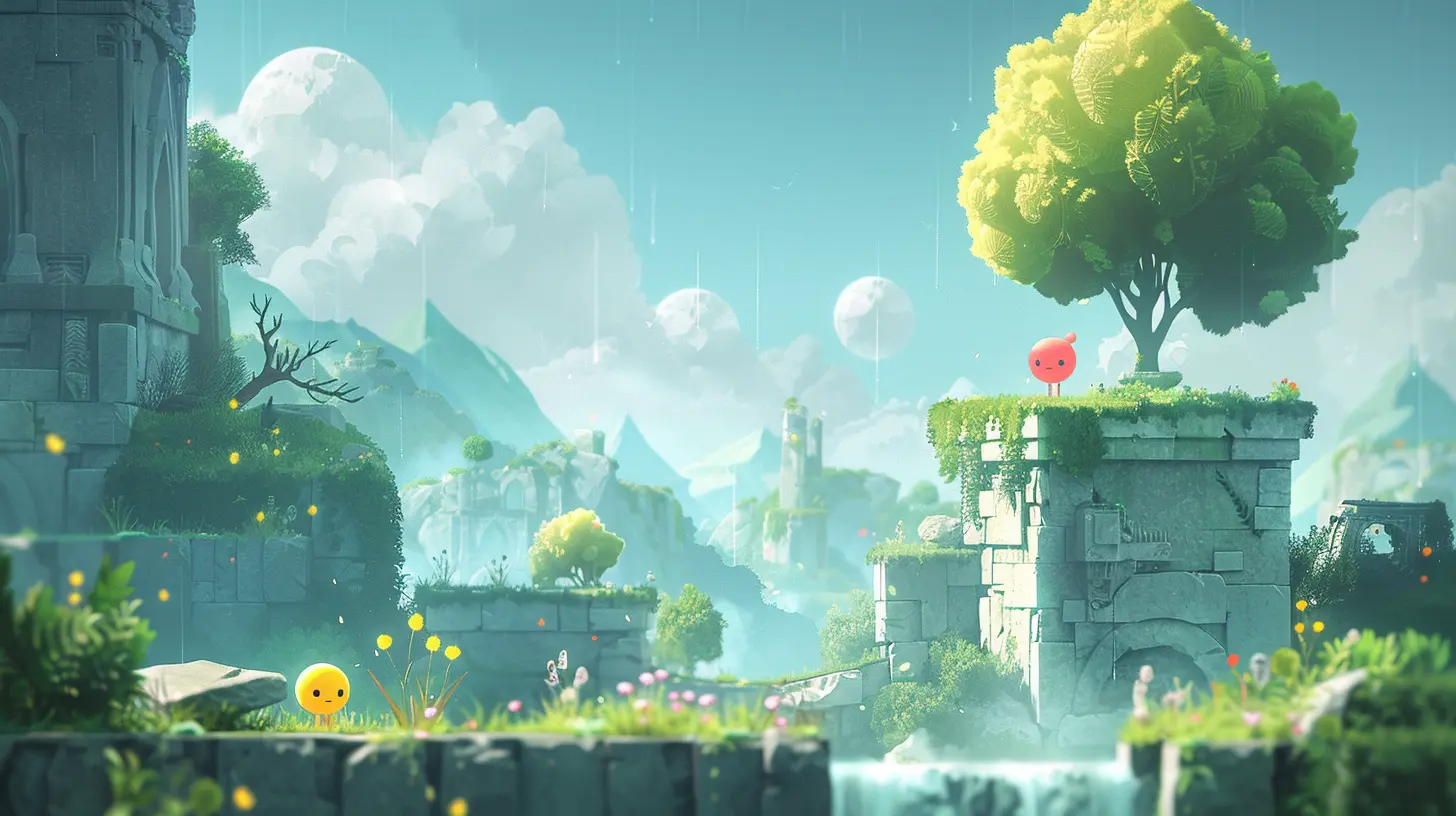
The Evolution of Difficulty in Games
Back in the day—think NES, SNES, or even the early PlayStation era—games were notoriously hard. But they weren’t trying to be cruel (well, maybe a little). Games were short due to hardware limitations, so developers ramped up the difficulty to stretch the gameplay time. Remember how you had to beat a whole level in one life with no save points? Brutal.Today’s games, though? Entirely different ball game. We’ve got multiple save slots, checkpoints, tutorials, and even accessibility settings. So you’d think the difficulty would chill out, right? Not always.
In recent years, we’ve seen a rise in games embracing punishing difficulty as a selling point—think Dark Souls, Elden Ring, or even Returnal. But now, even games that weren’t traditionally known for breaking your spirit are dialing things up a notch. So what gives?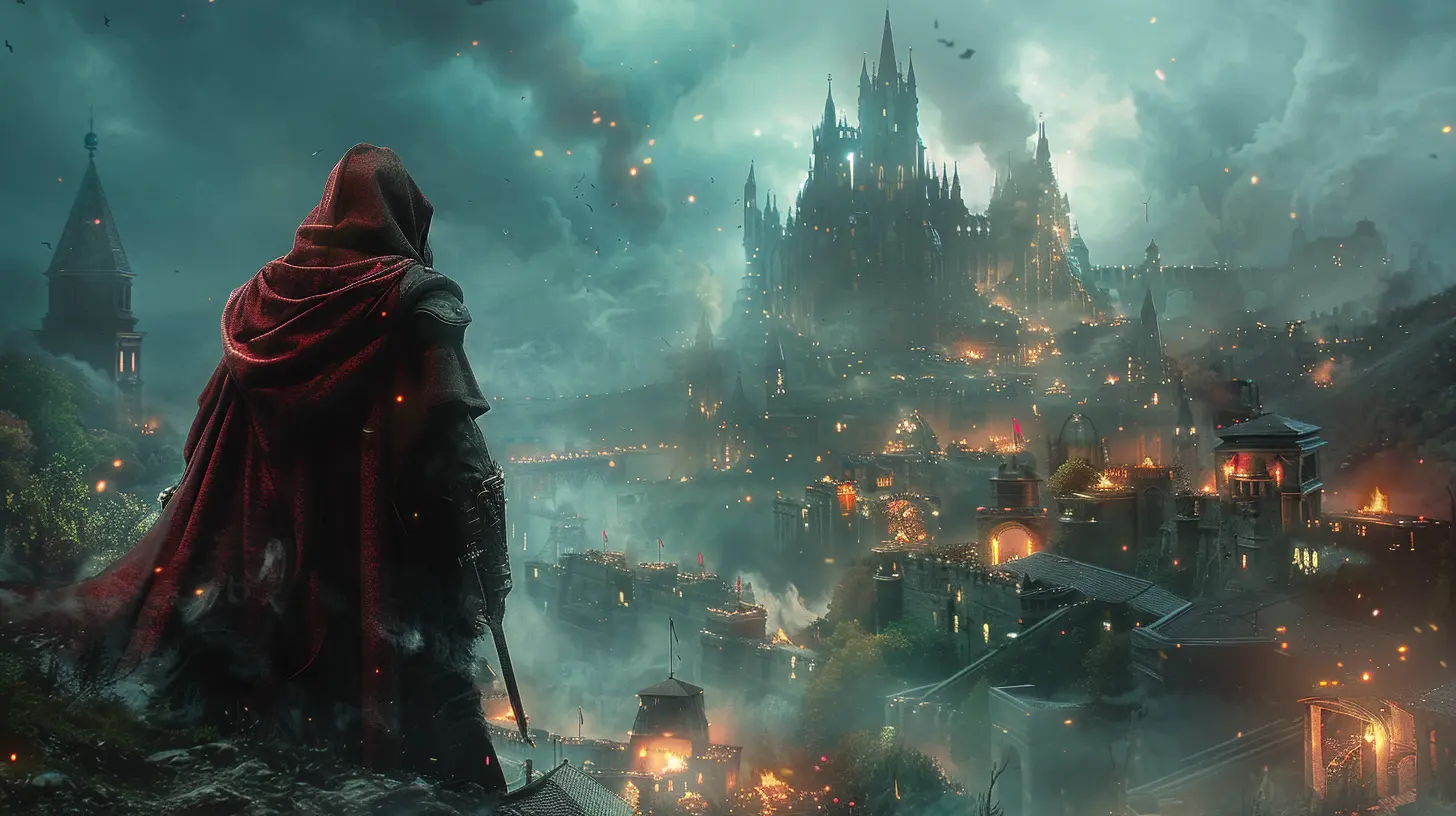
What Makes a Game "Too Hard"?
Alright, let’s try to define this. What does "too hard" mean in the context of modern gaming? It’s subjective, of course, but here are a few common pain points players often complain about:- Unpredictable enemy behavior: When enemies suddenly become psychic and dodge everything you throw at them.
- Unforgiving checkpoints: You die, and boom—you’re back 30 minutes.
- Poor tutorial or lack of guidance: When the game assumes you’re a master strategist and leaves you high and dry.
- Overloaded mechanics: So many systems to manage that you feel like you're working two full-time jobs.
- Little room for error: One slip-up and you’re done. No second chances.
These things can create frustration instead of fun. And isn’t fun kind of the whole point?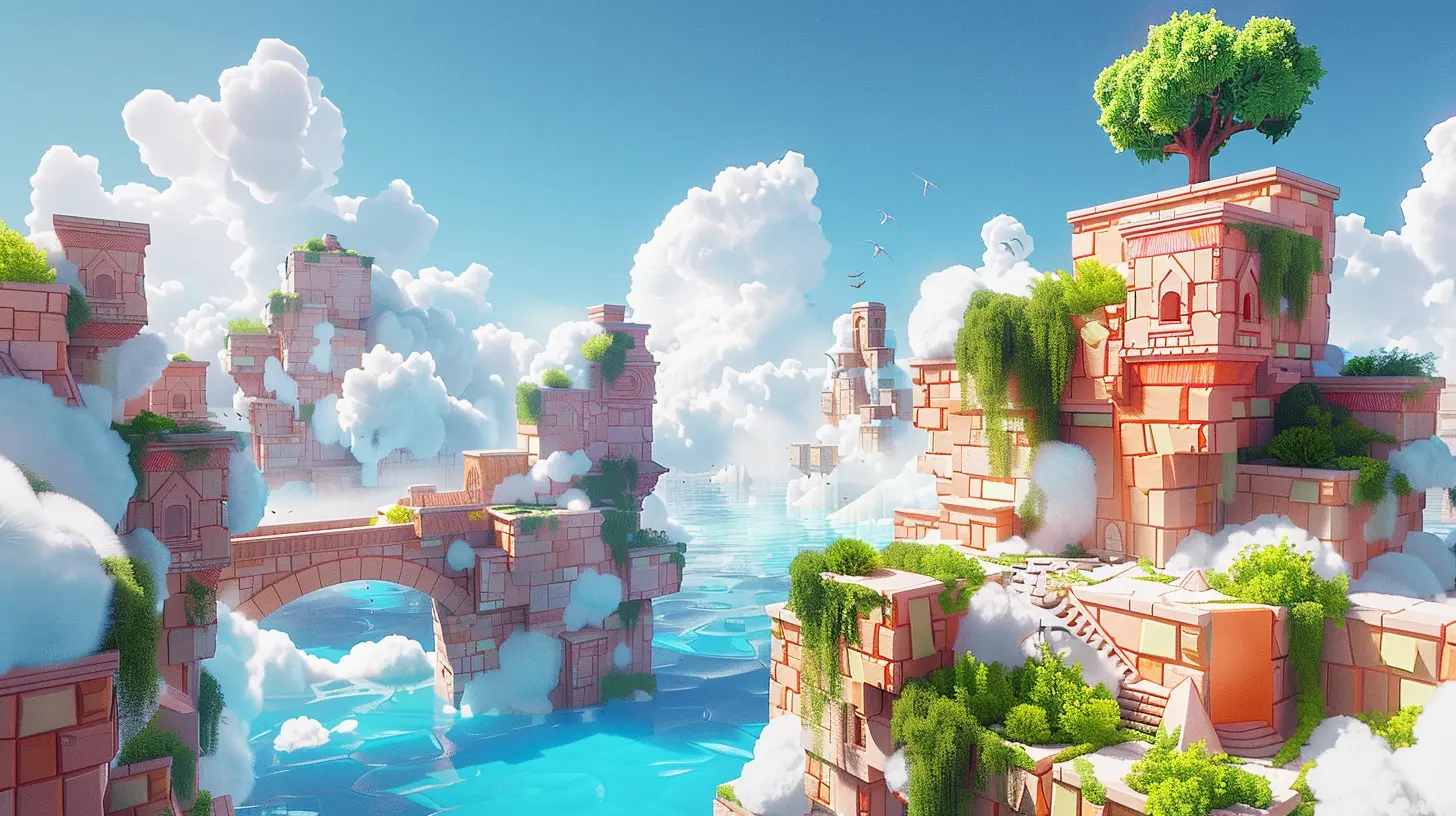
On the Flip Side: Why Some Gamers Love Incredible Difficulty
Now, hold up. Let’s not throw the controller just yet.For a lot of gamers, the harder, the better. Challenging games offer a rush, a test of skill, and the sweet satisfaction that comes with finally conquering that seemingly impossible boss after dozens of failed attempts. It’s exhilarating. You’re not just playing—you’re surviving.
Games like Sekiro or Cuphead have built their entire fanbases on this high-stakes thrill. And when you finally beat that boss you’ve been stuck on for hours? It feels like you won a gold medal in emotional endurance.
For these players, "easy mode" just doesn’t offer the same reward. The frustration is all part of the journey.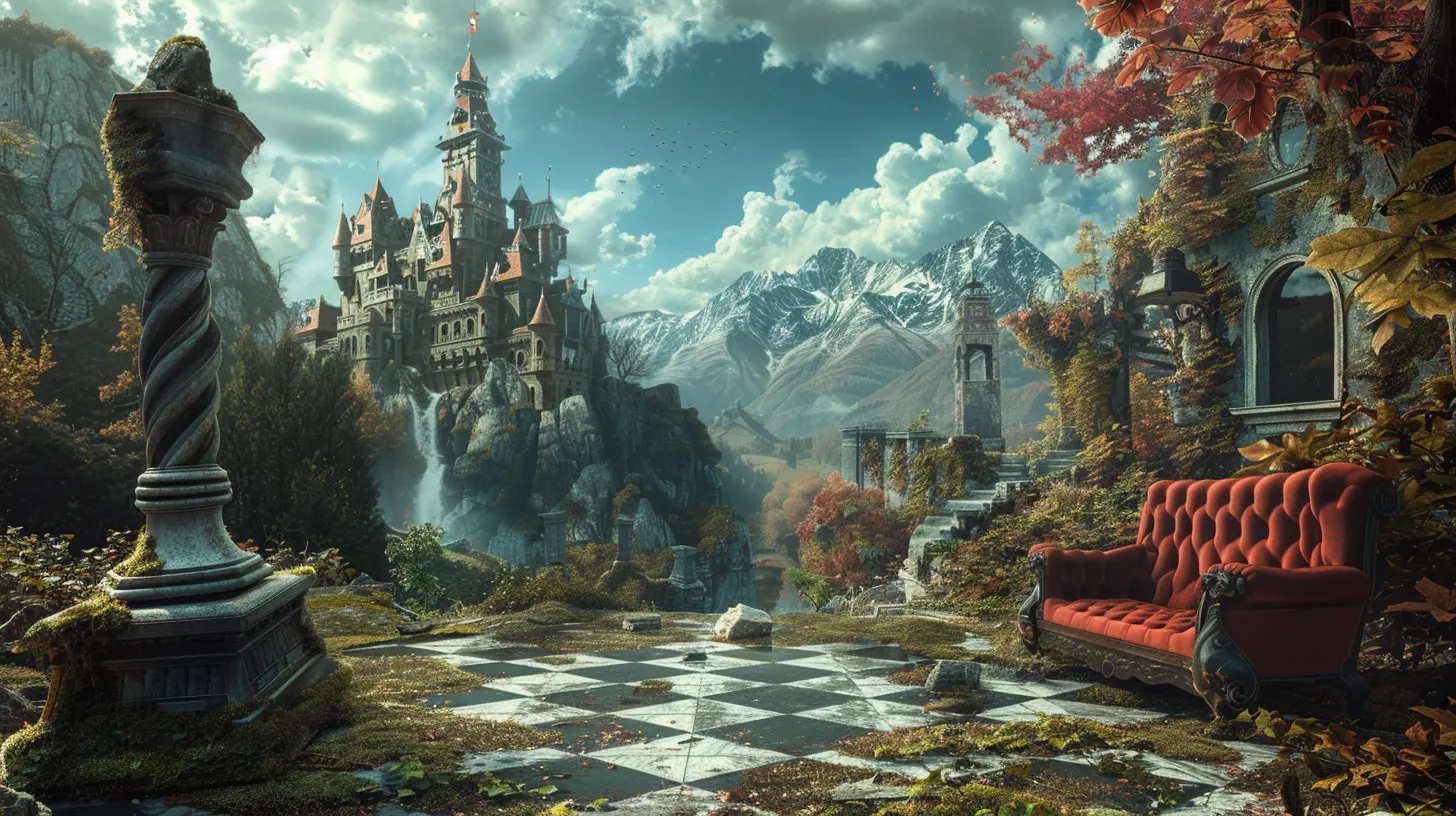
The Importance of Player Choice
Here’s the thing: we’re all wired differently. What’s fun and exciting to one person might be downright rage-inducing to someone else. And that’s why difficulty settings exist. Or at least, they should.A well-balanced game doesn’t mean it’s the same difficulty for everyone—it means it gives players the tools to tailor the experience to their own comfort levels.
Some newer games are doing this beautifully. Titles like Horizon: Forbidden West or God of War: Ragnarök allow you to tweak specific difficulty aspects, like how aggressive enemies are or how much damage you take. This kind of granularity is fantastic for accessibility and user experience.
But not every game offers that kind of flexibility. That leads to a growing divide between those who can "git gud" and those who just want to enjoy the story without pulling their hair out.
Why Balance Matters More Than Ever
Let’s not forget, gaming is growing massively—across all ages, skill levels, abilities, and backgrounds. Some people play for challenge, yes. But others play to relax, unwind, or immerse themselves in a beautiful story.When games skew too hard by default without giving players a choice, they end up locking out a huge part of their audience. It’s like making a movie where you need to solve a Rubik’s Cube to unlock the next scene. Not everyone signed up for that.
Difficulty settings aren’t about "dumbing down" games—they’re about inclusion. The goal should always be to let everyone enjoy the experience in a way that feels meaningful to them.
Are Developers Getting It Right?
Let’s give credit where it’s due. Many game studios today are actively listening to players and providing better difficulty customization. But there’s still a weird stigma around easier settings. Some players feel like they’re not playing the “real” game unless they’re on hard mode.That’s nonsense.
The "real" game is the one where you’re having a good time. Games are art, and how you experience them should be entirely up to you.
But yes, there are still titles that refuse to budge—offering one brutal mode with no adjustments, no hand-holding, and no room for error. And that approach, while valid artistically, can feel punishing in today’s diverse gaming landscape.
The Role of Accessibility in Difficulty
Let’s talk accessibility, because it goes hand-in-hand with difficulty. For players with disabilities—whether physical, cognitive, or otherwise—difficulty levels can make or break the experience.A game that doesn’t offer customizable difficulty can unintentionally exclude these players. Thankfully, more developers are recognizing this. The Last of Us Part II, for example, offered a wide range of accessibility options, from visual aids to gameplay tweaks. That’s not just awesome—it’s essential.
When developers bake accessibility and difficulty customization into the design from the start, everyone wins.
The Power of Community and Shared Struggles
Ever notice how some of the most difficult games also have the most passionate communities?There’s something about shared suffering that really brings people together. Whether it’s tips on how to beat Malenia in Elden Ring or just venting about obnoxious platforming levels in Celeste, players find comfort in knowing they’re not alone.
Gaming forums, YouTube guides, and Twitch streams help bridge the gap between frustration and fun, making tough games more approachable. In a way, the difficulty becomes part of the social experience.
So yeah, difficulty can be brutal—but it also builds camaraderie. Kind of like boot camp with memes.
So... Are the New Difficulty Levels Too Hard or Perfectly Balanced?
Here’s the honest answer: it depends.For some, the new wave of challenging games strikes a perfect balance—offering a fair yet tough journey that pushes their skills and patience. For others, it feels like an invitation to quit in frustration two hours in.
The key word here is choice. The best games in this new era are the ones that understand players are individuals, not one-size-fits-all. They give you the power to shape your adventure.
When difficulty is balanced and adjustable, everyone wins. When it’s rigid and unyielding, you isolate part of the player base.
So no, we can’t slap a blanket label on all new games and call them "too hard." But we can—and should—urge developers to keep empathy at the heart of game design.
What Can You Do as a Player?
You’ve got more power than you think.- Support developers who offer flexible difficulty settings and strong accessibility options.
- Give feedback through forums or reviews. Let studios know what's working—and what’s not.
- Respect each other’s playstyles. Someone playing on easy isn’t less of a gamer than someone on nightmare mode.
- Celebrate your own progress. Whether you beat a boss on your tenth try or just got through a tough level on story mode—you did it. That deserves a win.
Final Thoughts
Gaming should be fun, not frustrating to the point of misery. The new difficulty levels we’re seeing today are bold, brilliant, and sometimes overwhelmingly hard. But when handled with care and consideration, they can offer something for everyone.The future of game difficulty isn’t about making every game hard—it’s about making every player feel welcome. And honestly, that sounds like game over for gatekeeping and level up for inclusive design.
So, what do you think? Are new difficulty levels breaking your spirit or making you feel like a boss? Either way, you’re not alone—and that’s the beauty of it.
all images in this post were generated using AI tools
Category:
Game UpdatesAuthor:

Avril McDowney
Discussion
rate this article
1 comments
Alexa McNulty
Great article! Balancing difficulty is always a challenge in gaming. It’s fascinating to see how varying player skill levels can influence perceptions of "too hard" versus "perfectly balanced." I believe offering adjustable settings could enhance accessibility while still providing a rewarding experience.
October 23, 2025 at 3:57 PM

Avril McDowney
Thank you for your insights! I completely agree that adjustable difficulty settings can enhance accessibility while catering to diverse player skills. It's an important step toward creating a more inclusive gaming experience.
